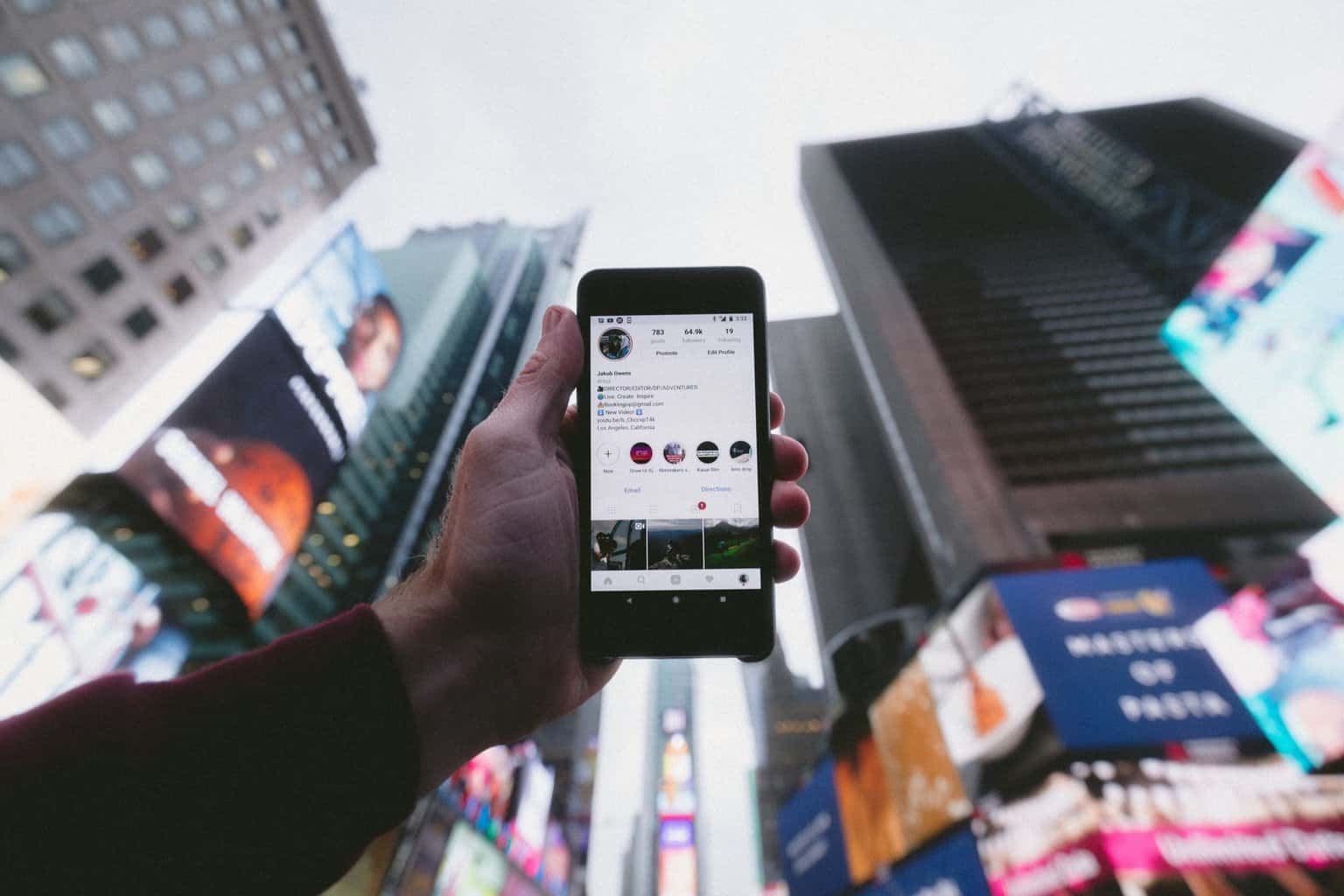How can you apply the info on the Hootsuite report on predicted social media marketing trends?

We’ve finally landed on the last month of the year, and that means there is a lot of looking back over the past year, and a lot of predictions for the future. So, you’ll forgive us if we do both in one article. But we’re looking at social media trends in marketing that have occurred throughout the year, and what that could mean for marketing in the future.
In the report conducted by the social media management platform, Hootsuite, 18,100 people were surveyed from over 200 countries, with backing from global data. There were also an additional 15 expert interviews conducted, which included conversations with industry leaders from Twitter, YouTube, and Google.
The report outlines five trends Hootsuite expects to see throughout 2022 and beyond. They cover brand strategy, consumer habits, and marketing tactics.
1. The Brand Strategy Trend
The first of the trends outlined predicts that brands are going to become “finally” aware that consumers will soon pull away from the “mega-influencers” of social media and towards smaller, more authentic communities.
Groups and communities aren’t a new concept. Over a billion Facebook users are regularly engaged with groups, and TikTok has become the platform where you can find your people and express your interests, no matter how niche or obscure.
Moving forward: Brands will have to be more selective, or at least take more forethought when deciding what influencers to work with. Think about who you are looking to appeal to in less broad terms than gender or age. The good thing about this is that, depending on the product, if there is a wide range of interest, you can tap into various communities, but if your product is very niche, you can hone right in on the appropriate community containing your customers.
2. The Social Advertising Trend
This trend warns marketers that their usual means of reaching customers is getting noticed but ignored. Customers are becoming far more aware of what is an ad and are looking to get away from them. That doesn’t mean they aren’t susceptible to marketing, however, but that instead, they are looking for authenticity, which the banners on Facebook don’t offer.
Moving forward: Marketing managers will have to get creative with their tactics and content. Hootsuite suggests creating ads that “mirror and enrich the distinct experience each social network offers”.
So, what does that mean? It means knowing your social media platforms, what viewers are looking for on them, and what media goes far on the platform. That doesn’t mean, posting cliched photos on Instagram, but knowing what feeling or idea the customer is coveting by looking at these cliched photos. It’s a different thing from what they are looking for on Twitter for example. Instagram is for an idealized view of the world, where you can have anything pretty you want, Twitter is for lively debate and removing the rose-tinted glasses.
It will also mean expanding your social media options. TikTok is already mentioned as the emerging dark horse, but there is also Pinterest and Snapchat to consider, which have proven to deliver results despite being previously overlooked.
3. The ROI Trend
Marketing leaders are starting to understand and definably quantify the effect social media is having on their marketing campaigns. 83% of marketers reported having more confidence in their ROI figures this year, up from 68%. They have identified three main takeaways from the experience of marketing on social media. They say social media has a priming effect on your marketing campaign, it can help you gain valuable customer insights, and is most effective when paid and organic work together.
Moving forward: Big brands are using the takeaways of their experience in social media to not only create a better campaign in the next year, but also spreading the wealth across departments, and improving employee experiences.
4. The Social Commerce Trend
This trend sees a third option amongst e-Commerce and high street stores: social commerce. The pandemic saw a lot of shifts in shopping habits, primarily that more and more people were finding what they wanted to buy on social media, and if they found something elsewhere, they were researching the brand or product on social media, looking at recommendations, reviews, and information on the company before they buy.
Moving forward: Already social media platforms are making moves to encourage the trend of shopping directly from social media platforms. Features are being developed on Facebook, Instagram, Snapchat and more, to allow for easier affiliate marketing, buying directly from the profile, and even trying on products virtually. It would be senseless to not take advantage of these retail features.
5. The Customer Care Trend
More and more customer grumblings are going to occur in 2022 due to stalls in global supply chains and staff shortages, but it’s important to remember that those grumblings will be directed at social media. Customers are shifting towards contacting brands’ social media accounts to get the answers they need, and brands will have to adapt to keep up.
Moving forward: Customers are seeing that social media is preferable to calling a centre and being put on hold for what feels like forever, since it’s usually instant, or at least doesn’t require your attention. Businesses will have to adapt their customer service operations to keep up with their social media enquiries as phone calls go more out of style.






